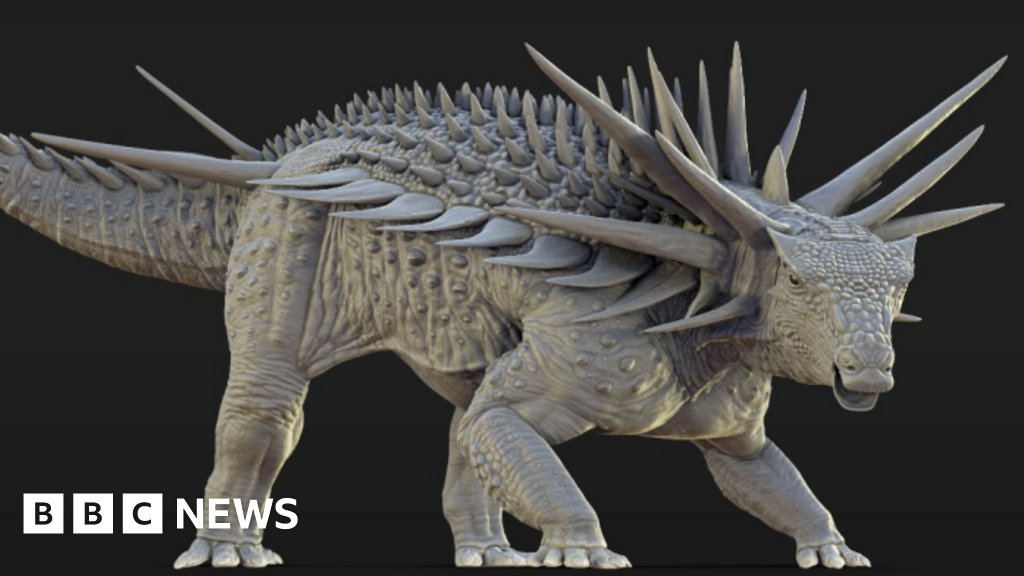Quarry workers in Oxfordshire, England, have made a groundbreaking discovery, finding dinosaur footprints that belong to both predators and herbivores from the Middle Jurassic period. This find, described by paleontologists as one of the most significant in Britain in nearly three decades, includes the clawed prints of a 30-foot carnivore and sunken tracks of long-necked sauropods.
The discovery, announced recently, involved a series of five distinct footprints found last summer. The quarry, located approximately 60 miles northwest of London, is part of what scientists refer to as the “dinosaur highway,” an area known for rich fossil finds, with over 40 sets of prints documented across nearly 200 yards.
Emma Nicholls, a vertebrate paleontologist and collections manager at the Oxford University Museum of Natural History, emphasized the importance of these recent footprints, suggesting they demonstrate that new evidence of ancient life continues to be uncovered. These finds provide a glimpse into the Jurassic world, which was significantly different from the grasslands seen today, resembling instead the humid lagoons and swamps of the Florida Keys.
The area's excavation began in 1997, and the latest prints expand its status as one of the world's largest sites for dinosaur discoveries. Initially, quarry workers were unaware of the significance of the abnormality they encountered while clearing clay in late 2023. According to Mark Stanway, quarry manager, what first appeared to be merely a hump in the ground turned out to hold remarkable clues about the dinosaurs that once roamed the region.
The discovery not only enhances our understanding of the dinosaur inhabitants of ancient Oxfordshire, but it also highlights the ongoing potential for future paleontological discoveries in the area.













